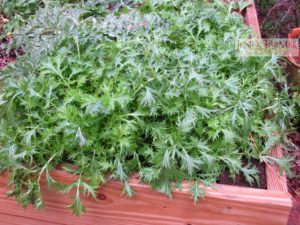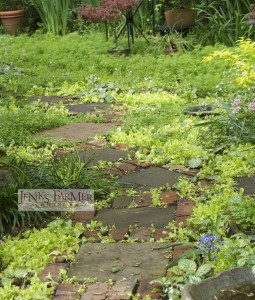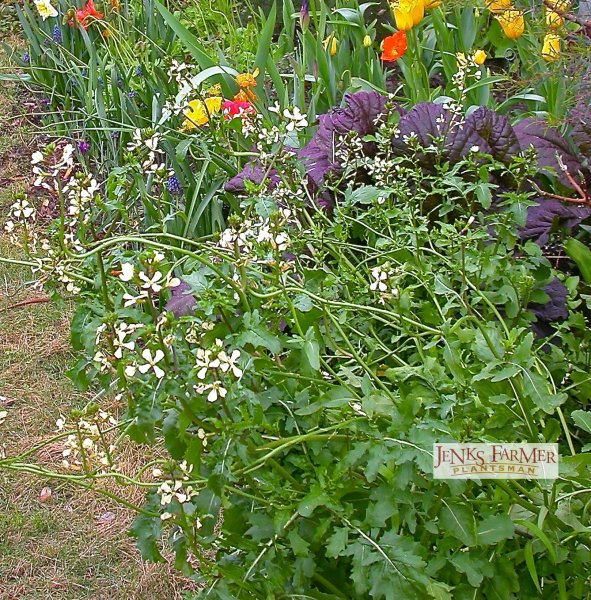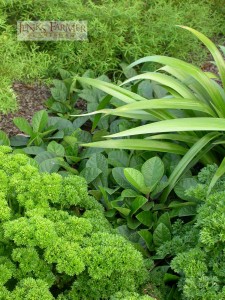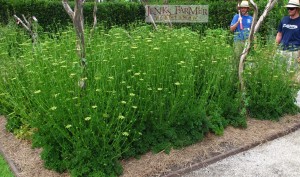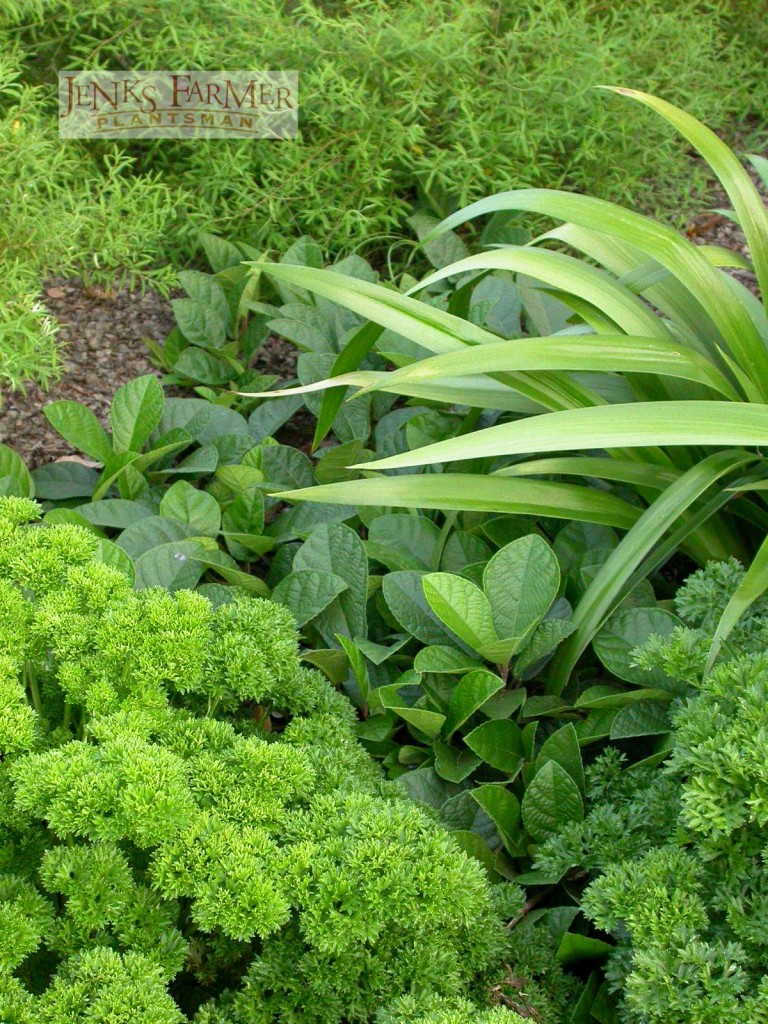
5 Favorite Salad Greens to Seed-In for Fall
Easy-to-germinate cool season leaf crops yield beauty as well as nutrients. There may be lots of choices in seed catalogs, but over decades of gardening, I’ve weeded out the the ones that take too much work. With these easy fall and winter greens, scatter the seeds then make sure the little seedlings stay moist. Then you’re doing it. Gardening, farming, whatever you call it, you are bringing beauty and nutrients from the earth.
I use the same techniques to start them right in the ground, no matter the situation or the goals. For example, in long rows of the veggie garden on our family farm, or a big container in a city garden, even in the massive flower beds in Historic Columbia gardens, soon to be planted with daffodils and iris, I’ll use the same plants and same planting style. The five below always come up and make for economical, beautiful, nutritious fall foliage. (We offer a variety pack of my favorites)
1. Mizuna really is nothing more than old country mustard greens with a spiky hair cut. You’ll recognize it from grocery store salad mixes– those really cut leaves that are kind of lime green and a little nutty tasting. This year, I’m using a slightly different mustard called ‘Gold Streak’; it looks like mizuna but more colorful. Mizuna looks great in a pot, in front of dark green shrubs, or with pansies. It’s a clump all winter; then later in the spring, it has tall wands of yellow flowers. We’re seeding it over and behind a bed of purple dutch iris for a spring show.
2. Red Mustard isn’t red but burgundy. Giant, quilted leaf varieties look tropical, make great background plants, but for flower beds this year, I’m using a thread leaf one called ‘Scarlet Frills.’ It’s like a burgundy fern, so it works a little better in combinations and at the front of a bed. In one mass planting on Taylor Street in Columbia, we’ll have little yellow jonquils and blue anemone with it. The bigger red mustard can get winter damaged pretty easily, so put them in a warm spot or know you might lose them in January.

Red Frill (photo linked purplehillvinyard.com)
3. Lettuce ‘Black Seeded Simpson’ comes up, grows and makes a trouble free, almost buttery yellow leaf cover. It never gets more than 6 inches tall. It’s a spectacular fall color–or spring color. But like the big leaf red mustard, it’s often damaged in the winter. I know they say dark colored lettuce is more nutritious, but Black Seeded Simpson is totally easy and reliable.
4. Arugula is kind of lacking in the looks department among this group of handsome greens. It’s just a dull green leaf, but it’s tasty and reliable, even in the coldest weather. And in the spring, 2.5 foot stalks sport creamy flowers with dark veins. It’s not for the pastel Easter egg loving crowd, but it makes a great combo with burgundy colored tulips or purple allium.
5. Parsley is so useful it should have its own top 5 list! Do you know that there are a lot of parsley promoting people out there who are still perturbed that their favorite plant got branded as a “garnish on the ham tray” instead of the amazing veggie it is? In the garden, its dark, glossy and elegant all the way through late spring. In May, it flowers green umbrellas that attract pollinators to your garden like no other flower can. Then it sets seeds, and if you leave them alone, some will come up next fall. Of this list, it’s the toughest to germinate, but there is only one little trick: be patient. It takes about ten days to start coming up.
A Few Tips
F0r best germination, rake across the top of the soil. This is kind of a tiny tilling to add air to the dirt, to create little spaces for the seeds to wedge themselves.
If the soil is really hard, sprinkle in a light layer of compost then rake.
Try to scatter seeds in a week that you expect rain, or water in by hand.
Liquid feed with an organic liquid fertilizer on warm days, once in the winter, and then again in March. (You don’t have to do this, but it makes things bigger.)
Have fun!

